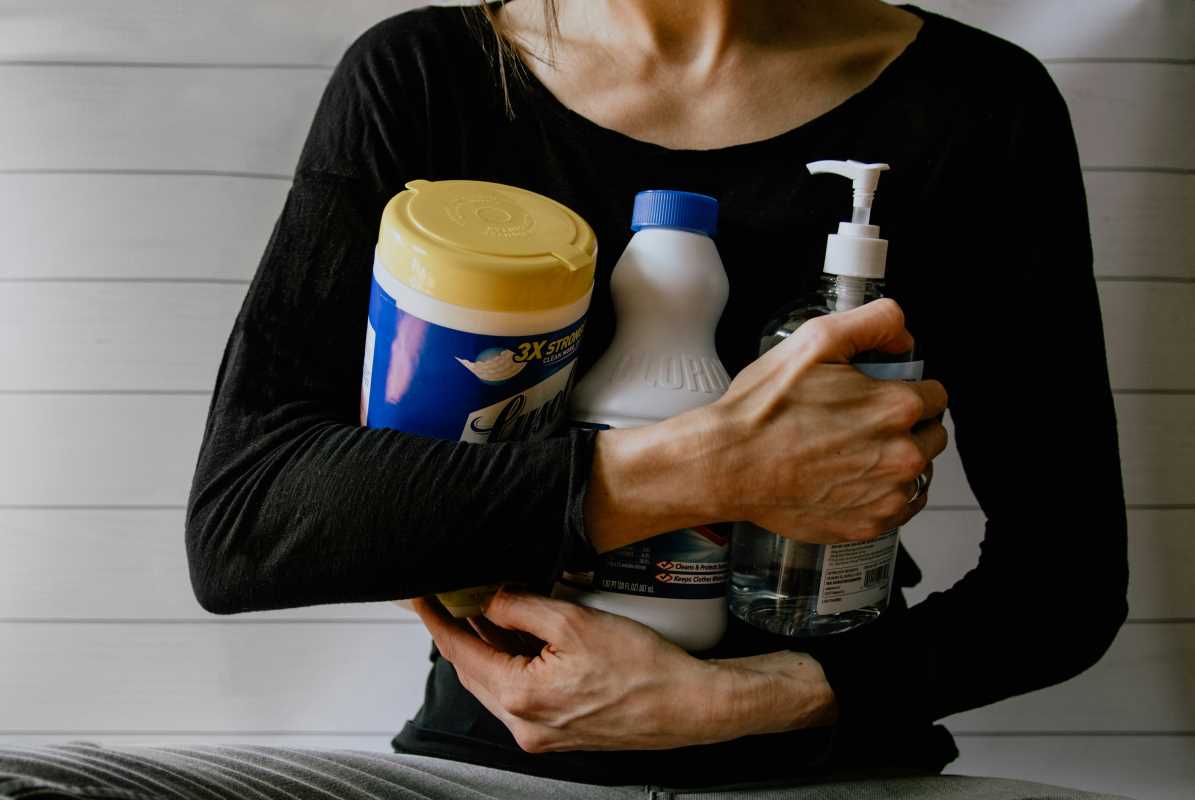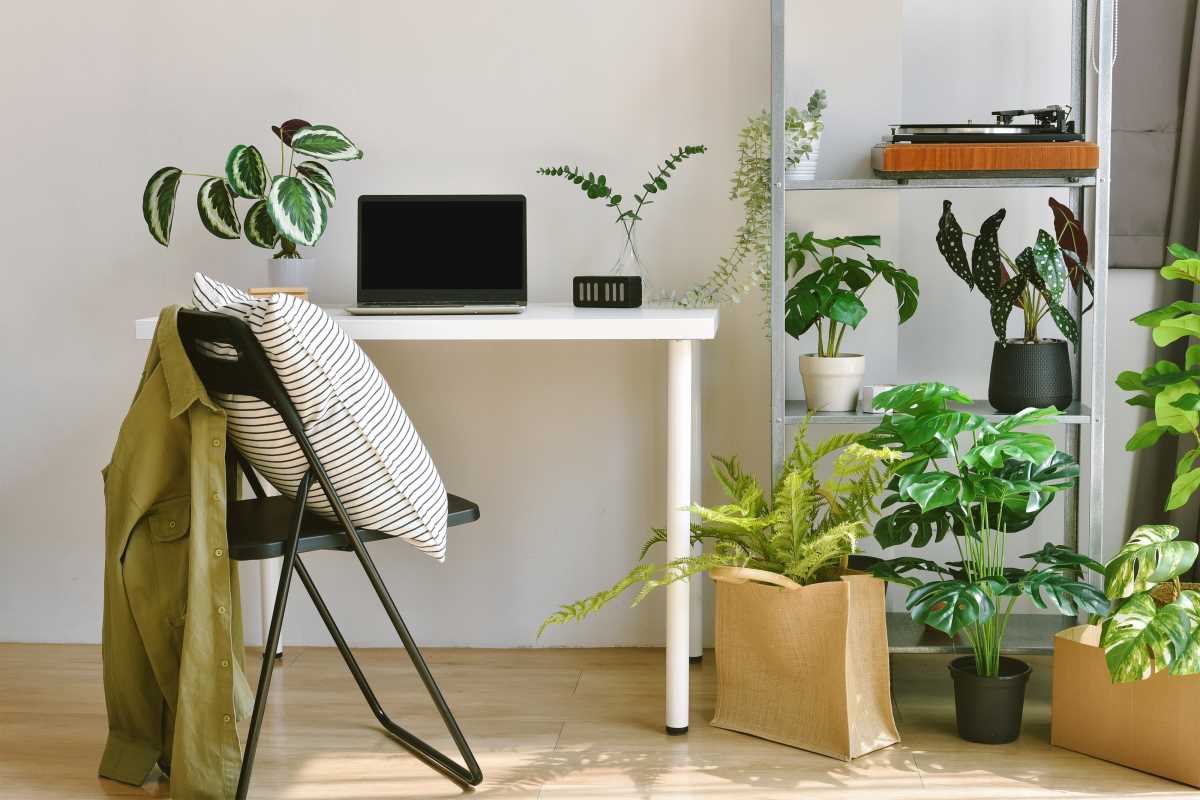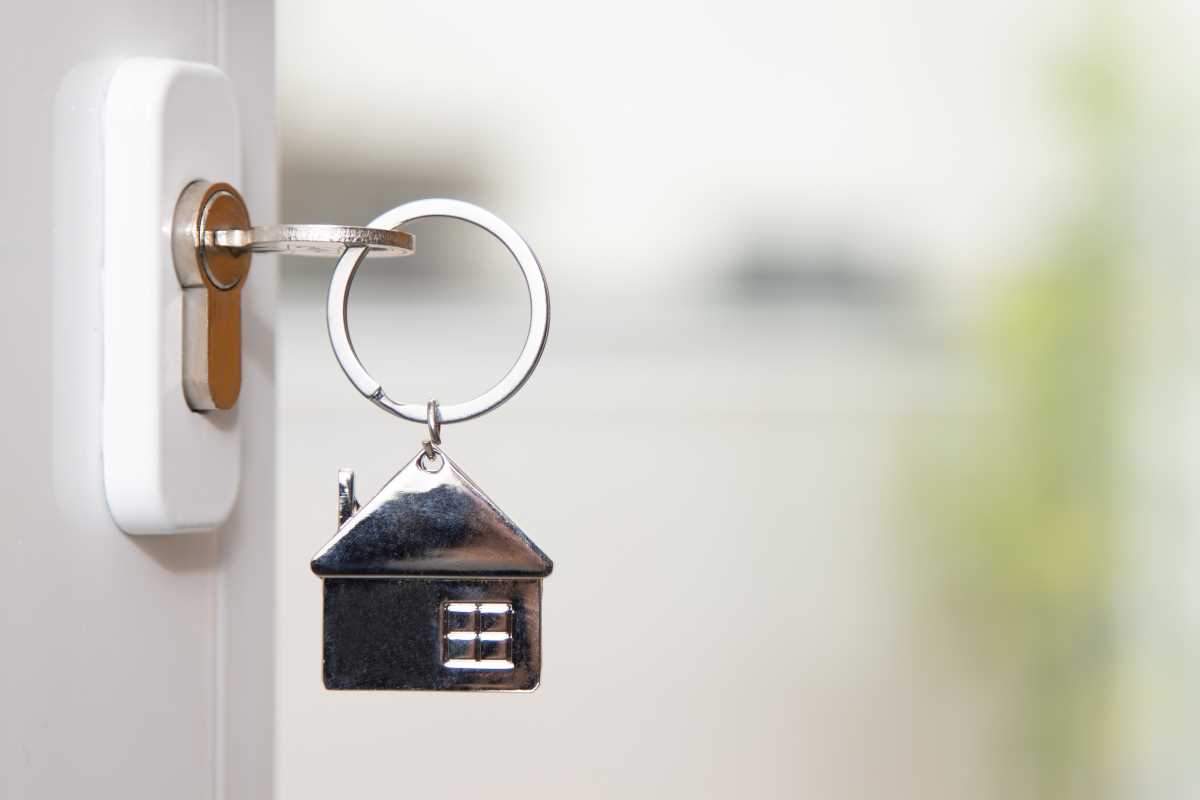Walls are often overlooked when it comes to cleaning, as many people assume they stay clean longer than other surfaces. However, walls quietly collect a surprising amount of dust, dirt, grease, and fingerprints over time, especially in high-traffic areas like kitchens, hallways, and children’s rooms.
Smoke, cooking residues, and even pet dander can settle on walls, creating a dull appearance and contributing to poor air quality. Neglecting walls during your cleaning routine can lead to a gradual buildup of grime, making it harder to restore their original brightness and cleanliness later.
Regular deep cleaning not only revitalizes the look of your home, giving it a fresh and polished feel, but also plays a significant role in maintaining a healthier living environment. Whether your walls are painted, wallpapered, or tiled, following a thoughtful cleaning approach ensures they remain spotless, vibrant, and free from allergens.
Here’s a comprehensive guide to get you started.
Preparation: Setting the Stage
Before diving into the actual cleaning, preparation is key. Follow these steps to make the process smoother:
Gather Supplies: You’ll need:
- A vacuum with a brush attachment.
- Microfiber cloths or dusters.
- A bucket of warm water.
- A mild cleaning solution (such as dish soap or a vinegar-water mix).
- Baking soda for tough stains.
- A soft sponge or non-abrasive scrub pad.
- A ladder or step stool for high spots.
- Towels or drop cloths to protect floors and furniture.
Protect Your Space:
- Move furniture away from the walls.
- Cover floors and furniture with drop cloths or old sheets to catch any drips or debris.
Test the Cleaning Solution:
Test your chosen cleaner on an inconspicuous area of the wall to ensure it doesn’t damage the paint or wallpaper.
Once you’re prepared, follow these steps for a thorough wall cleaning.
1. Dust the Walls
Dust and cobwebs are the first culprits to tackle. Use a vacuum with a soft brush attachment or a microfiber duster to clean from top to bottom. Don’t forget corners and edges, where cobwebs tend to gather. If your walls are textured, take extra care to remove dust lodged in crevices.
2. Spot-Treat Stains
Inspect your walls for stains or marks. For small stains:
- Grease or food marks: Use a mixture of dish soap and warm water. Apply with a sponge and gently rub in a circular motion.
- Crayon or ink stains: Try a baking soda paste (mix baking soda and water). Rub gently with a cloth, then wipe clean.
- Scuffs: Use a melamine sponge (e.g., Magic Eraser) for stubborn scuff marks.
3. Wash the Walls
Prepare your cleaning solution based on the type of wall surface:
- Painted walls: Use a mild soap and water solution.
- Wallpapered walls: Check if the wallpaper is washable. If so, use a light soap solution and avoid excessive water.
- Tile or glossy surfaces: Use a vinegar-water mix for extra shine and grease-cutting power.
- Dip a soft sponge into the solution and wring it out thoroughly.
- Work in small sections, starting at the top and moving downward to avoid streaks.
- Rinse the sponge frequently and change the water when it becomes cloudy.
4. Pay Attention to Details
Use a toothbrush or small brush for tight spots, such as around switches, outlets, or trim.
Wipe down baseboards, which often collect dust and grime.
5. Dry the Walls
To prevent streaking or water damage, wipe down the walls with a dry microfiber cloth immediately after washing. Ensure adequate ventilation or use fans to speed up drying, especially in humid environments.
Special Considerations
- Ceilings: While you’re cleaning walls, don’t neglect the ceiling. Use the same dusting method, and if the ceiling is washable, gently clean it with a similar solution.
- High-Traffic Areas: Areas like hallways, kitchens, and children’s rooms may require more frequent cleaning due to fingerprints and grease buildup.
Maintaining Clean Walls
- Dust them regularly to prevent buildup.
- Spot-clean marks as they appear.
- Consider applying a washable paint finish, especially in high-traffic areas, to make future cleaning easier.
Deep cleaning your walls might initially feel like an overwhelming chore, especially if it’s not something you’ve tackled before. However, breaking the task into manageable steps and using the right tools and techniques transforms it into a rewarding experience.
The impact of freshly cleaned walls extends beyond aesthetics—they brighten and rejuvenate your entire living space, making it feel more inviting and well-maintained. Removing layers of dust, dirt, and allergens from your walls also contributes to better indoor air quality, creating a healthier environment for you and your family.
Additionally, regularly cleaning your walls helps preserve the integrity of paint, wallpaper, or tile finishes, saving you time and money in the long run. Incorporating wall cleaning into your seasonal deep-cleaning routine ensures they remain in top condition, enhancing the overall comfort and cleanliness of your home. With this guide, you’ll have all the tools to keep your walls looking and feeling their best.
 (Image via
(Image via





